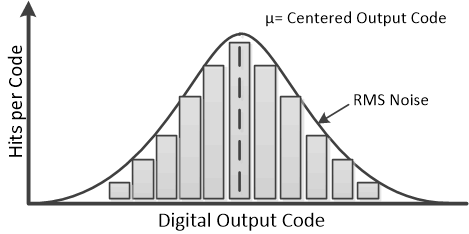SPRACP5 December 2019 TMS320F2802-Q1 , TMS320F28020 , TMS320F280200 , TMS320F28021 , TMS320F28022 , TMS320F28022-Q1 , TMS320F280220 , TMS320F28023 , TMS320F28023-Q1 , TMS320F280230 , TMS320F28026 , TMS320F28026-Q1 , TMS320F28026F , TMS320F28027 , TMS320F28027-Q1 , TMS320F280270 , TMS320F28027F , TMS320F28027F-Q1 , TMS320F28030 , TMS320F28030-Q1 , TMS320F28031 , TMS320F28031-Q1 , TMS320F28032 , TMS320F28032-Q1 , TMS320F28033 , TMS320F28033-Q1 , TMS320F28034 , TMS320F28034-Q1 , TMS320F28035 , TMS320F28035-EP , TMS320F28035-Q1 , TMS320F28050 , TMS320F28051 , TMS320F28052 , TMS320F28052-Q1 , TMS320F28052F , TMS320F28052F-Q1 , TMS320F28052M , TMS320F28052M-Q1 , TMS320F28053 , TMS320F28054 , TMS320F28054-Q1 , TMS320F28054F , TMS320F28054F-Q1 , TMS320F28054M , TMS320F28054M-Q1 , TMS320F28055 , TMS320F2806-Q1 , TMS320F28062 , TMS320F28062-Q1 , TMS320F28062F , TMS320F28062F-Q1 , TMS320F28063 , TMS320F28064 , TMS320F28065 , TMS320F28066 , TMS320F28066-Q1 , TMS320F28067 , TMS320F28067-Q1 , TMS320F28068F , TMS320F28068M , TMS320F28069 , TMS320F28069-Q1 , TMS320F28069F , TMS320F28069F-Q1 , TMS320F28069M , TMS320F28069M-Q1
A.1 Overview
In an ideal ADC, when a static input voltage is applied to a given ADC pin, the conversion of that input voltage is the same every time the signal is sampled and converted, regardless of the channel. Meaning that for a large sample set of the same input voltage, there should be no difference among conversions. However, more realistically, the conversion set can be modeled by a Gaussian plot. The closer the standard deviation of this plot is to zero the closer the system resembles an ideal ADC, as such the Signal to Noise Ratio (SNR) will improve, increasing the Effective Number of Bits (ENOB) there are to represent the ADC's full scale range. A high standard deviation will contribute additional error on top of inherent gain and linearity errors of the ADC. Thus, performing a code spread analysis is beneficial before evaluating the ADC’s performance in order to make sure there are no system issues that will affect the accuracy of the ADC's readings.
 Figure 13. Code Spread
Figure 13. Code Spread